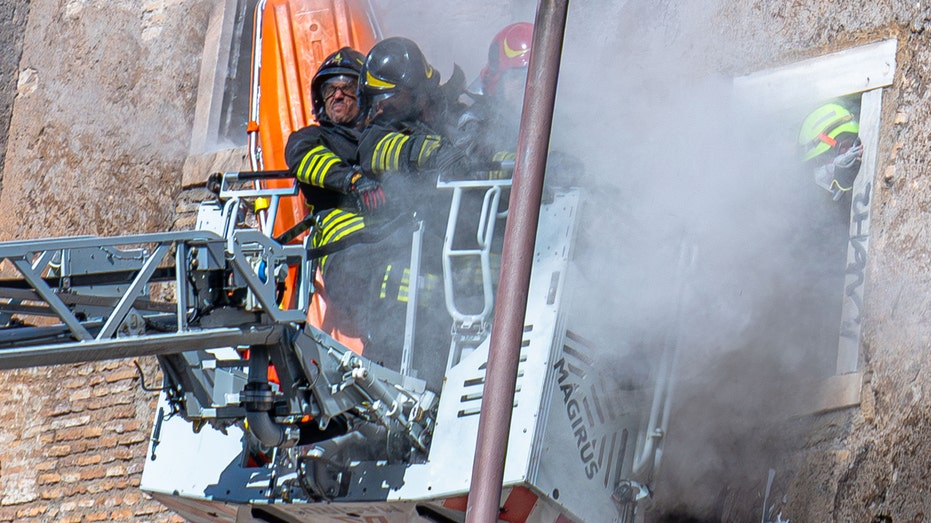Before the iconic silhouette of today’s 747, there was a jet that carried the hopes and anxieties of a nation – and seven presidents. Now, preserved in a stunning glass pavilion at the Ronald Reagan Presidential Library, this Boeing 707 stands as a silent witness to decades of history, a relic of a time when air travel felt both grand and intimate.
This wasn’t just any aircraft; it was the last 707 to serve as the primary Air Force One. President Reagan logged more hours aboard this particular jet, tail number SAM 27000, than any other commander-in-chief. It served faithfully until 2001, its final flight occurring just days before a world irrevocably changed on September 11th.
Ironically, Reagan himself envisioned a more advanced Air Force One, initiating the transition to the larger 747s during his presidency. Though he commissioned the upgrade, he never experienced the comfort of the newer jets, remaining loyal to the 707 that had become synonymous with his leadership.
Across 26 countries and 660,000 miles, SAM 27000 was a flying office, a mobile command center, and a symbol of American power. It held roughly half the capacity of today’s Air Force One, a more compact space fostering a unique sense of connection between the president and his team.
The aircraft wasn’t solely Reagan’s. Presidents Nixon, Ford, Carter, Bush, Clinton, and Bush all relied on this 707 to navigate a complex world. Each flight represented a critical decision, a delicate negotiation, or a moment of quiet contemplation high above the globe.
When the time came for decommissioning, the Reagan Library fought to secure SAM 27000, honoring the president’s desire to have it permanently displayed near his final resting place. Boeing meticulously disassembled the aircraft, transporting it piece by piece to the library grounds.
Within a newly constructed pavilion, the jet was painstakingly reassembled, a testament to engineering and a tribute to a bygone era. The pavilion itself, now celebrating its 20th anniversary, has welcomed nearly seven million visitors eager to step back in time.
The Air Force One Pavilion isn’t just about the plane. It’s a curated experience, featuring a Marine One helicopter, Reagan’s presidential limousine, and even an authentic Irish pub – a nod to his ancestral roots. A sweeping mural chronicles the evolution of presidential air travel, from FDR’s early flights to the modern era.
The pavilion has become a hub for education, international summits, and even presidential debates, fostering dialogue and inspiring future generations. Its influence extends far beyond the Simi Valley hills, reaching a global audience through expanding digital platforms.
Visitors often gasp upon first seeing the aircraft, slightly angled as if poised for takeoff, framed by panoramic views. It’s a visceral experience, a confrontation with history that transcends photographs and documentaries.
Stepping aboard is like entering a time capsule. Rotary phones, mid-century décor, and comfortable, yet decidedly un-luxurious seating offer a glimpse into the working life of a president in the 1980s. It wasn’t about opulent comfort; it was about functionality and direct communication.
This Air Force One was a vehicle for face-to-face diplomacy, a space where critical decisions were made that shaped the course of global events. It continues to offer valuable lessons, reminding us of the power of leadership and the importance of international relations.
There are striking parallels between the challenges Reagan faced and those confronting the world today – economic uncertainty, geopolitical competition, and a questioning of America’s place in the world. Examining his successes offers inspiration and guidance for navigating the present.
The preservation of SAM 27000 isn’t simply about honoring a president or an aircraft; it’s about safeguarding a tangible piece of history, a reminder that even in times of turmoil, strong leadership and unwavering resolve can shape a brighter future.





